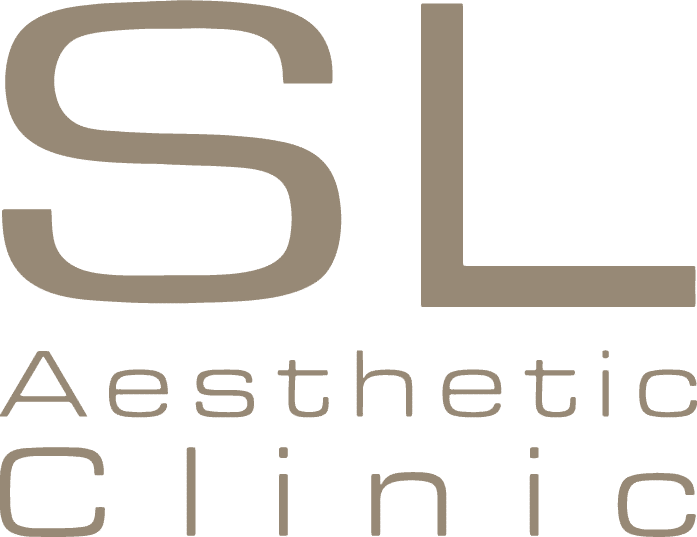There are various treatments available to address skin pigmentation. Here are some common methods of pigmentation removal in Singapore.
Cosmelan Peel
Cosmelan Peel is a skin pigmentation treatment that involves the application of a topical mask. This mask contains active ingredients to inhibit melanin production, helping to lighten existing pigmentation and prevent further darkening.
The peel combines chemical exfoliation and melanin inhibition to target pigmentation at multiple levels. This treatment may require some downtime, and several sessions might be needed for optimal results.
RF Gold Microneedling
Radiofrequency (RF) Gold Microneedling combines microneedling with RF technology. Microneedles create micro-injuries in the skin, and RF energy is delivered into the deeper layers to stimulate collagen production and improve pigmentation. This treatment addresses skin pigmentation and offers skin tightening benefits.
Topical medication
Hydroquinone: Hydroquinone is a topical skin-lightening agent available in various formulations, including creams and gels. It works by inhibiting melanocyte activity, reducing the production of melanin and helping to lighten skin pigmentation.Hydroquinone is available by prescription, and a doctor should monitor its use.
Tranexamic acid: Tranexamic acid has skin-brightening properties that can reduce the dark spots and improve skin discolouration. Its oral consumption is suitable for all skin types.
Tri-Luma: Tri-Luma is a prescription topical cream that combines three active ingredients—fluocinolone acetonide, hydroquinone, and tretinoin. This combination is designed to address pigmentation by inhibiting melanin production, evening skin tone and promoting cell turnover.
Pico Pigmentation Laser
Pico Pigmentation Laser is a type of laser technology that delivers ultra-short energy pulses to the skin. The rapid pulses break down pigmentation into smaller particles, allowing the body to eliminate them more effectively.
Pico lasers are known for their precision and can be less abrasive than traditional lasers, potentially reducing pigmentation removal downtime.
Q-Switched Laser
Q-switched lasers emit high-energy, short pulses of light that target pigmented areas in the skin. The laser breaks down the pigment into smaller particles, promoting natural removal by the body.
Q-switched lasers are commonly used for various pigmentation removal issues, including age spots and tattoos. Downtime and the number of sessions required can vary.
Ethosome Gold PTT
Ethosome Gold PTT, also known as Gold Photothermal Therapy (PTT) or Ethosome Facial, is a non-invasive skin treatment combining gold nanoparticles and laser technology to address various skin concerns, including pigmentation.
A laser targets the gold particles on the skin, heating them to destroy nearby cells, including those responsible for pigmentation. Ethosomes help these particles penetrate deeper into the skin, making the treatment more effective.
Plinest
Plinest is a skin regeneration and rejuvenation injectable treatment that utilises highly purified polynucleotides. Polynucleotide promotes healing and the regeneration of skin cells.
Besides being effective at hydrating and plumping the skin, Plinest is also suitable for fading existing pigmentation and brightening, lending a youthful glow to your skin.
Cyklokapron
Cyklokapron can be injected onto pigmented areas via multiple small deposits to help lighten them.
Tranexamic acid, the active ingredient in Cyklokapron, works by inhibiting the enzymes that contribute to melanin formation. By reducing melanin production, these injections can help fade dark spots and hyperpigmentation.
The above skin pigmentation treatment options in Singapore should be considered under the guidance of a qualified skincare professional. The treatment choice depends on the type and severity of your pigmentation, skin type, and individual factors. A personalised consultation with your skin specialist can help determine the most suitable approach for achieving the desired results.




